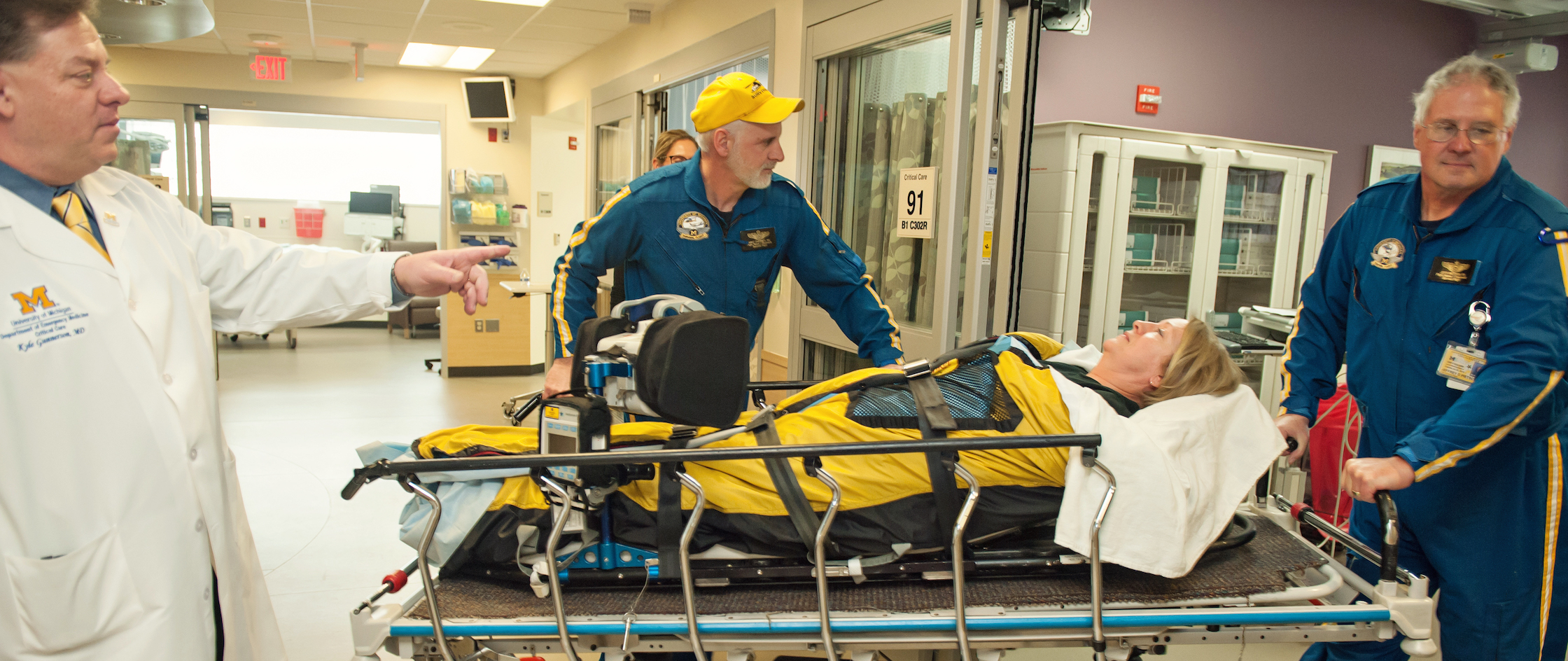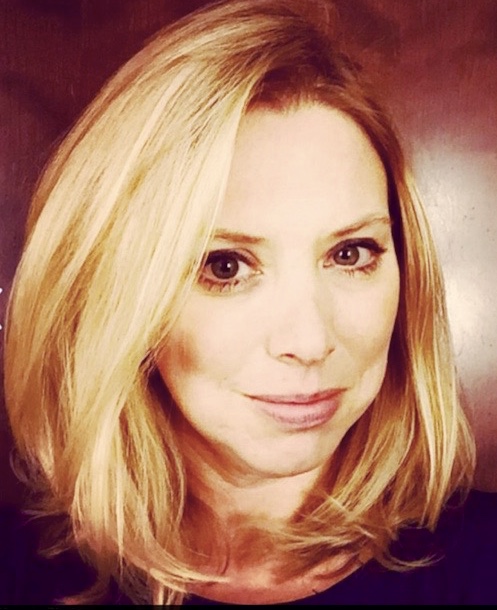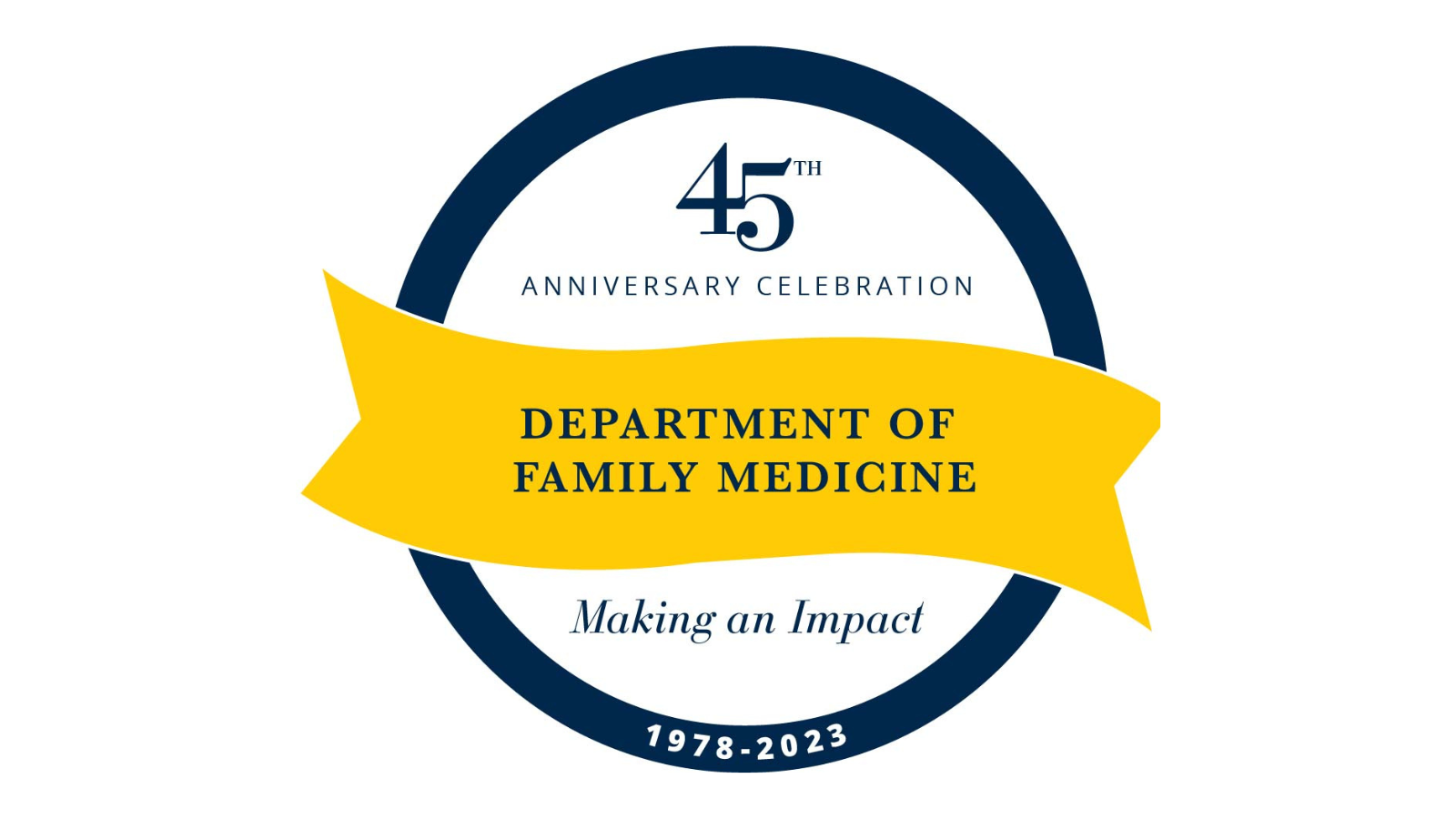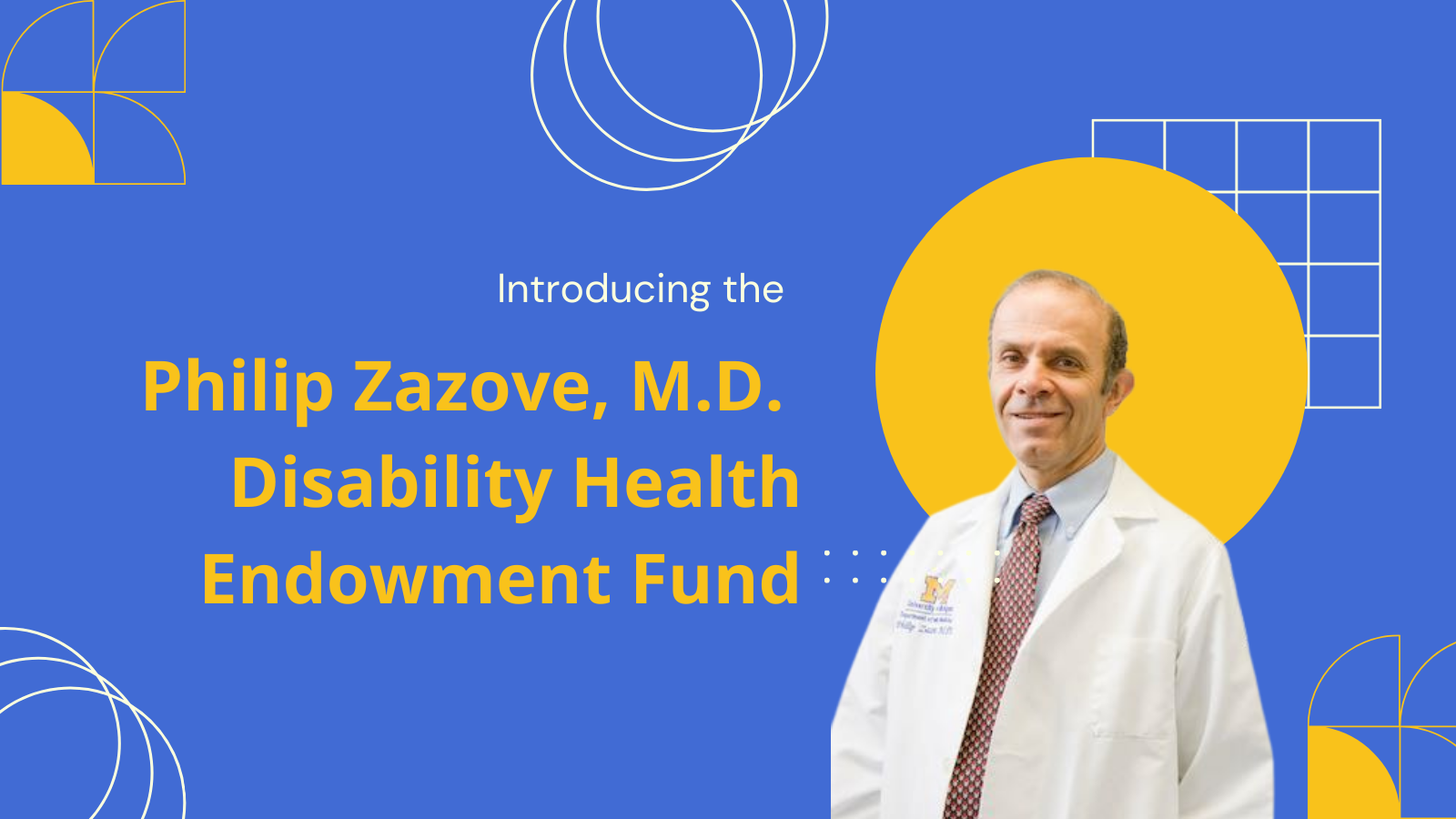A 2010 national survey of deaf and hard of hearing (DHoH) physicians, led by Philip Zazove, M.D., professor and the George A. Dean M.D. Chair of Family Medicine, found that a majority surveyed practice in primary care specialities, choosing not to enter subspecialties like surgery and emergency medicine (EM). Little is known about the decision-making process of DHoH medical students when choosing a specialty or of their experiences and potential barriers when on subspecialty rotations.
A new article, written by disability access expert and clinical lecturer Lisa M. Meeks Ph.D., M.A., presents one of the first case studies of how deaf and hard of hearing medical students navigate rotations in subspecialties. Given the clear underrepresentation of deaf and hard of hearing doctors in subspecialities, the paper provides an inventory of barriers and actionable accommodations for students and institutions.
Currently in-press in the Western Journal of Emergency Medicine, the paper documents the journey of one visiting DHoH medical student on an academic EM rotation at a Level I trauma hospital. In it, the case identifies strategies for communicating needs and providing accommodations which address key challenges and barriers for DHoH medical students in the emergency department.
Key takeaways from the case analysis include:
-
To ensure an accessible experience for deaf and hard of hearing trainees in subspecialty rotations, actions should strive for strategic, proactive, and coordinated communication prior to and throughout the duration of the rotation.
-
Strategic: The hosting institution’s Americans With Disabilities Act (ADA) office and disability officer was contacted to bridge communication of needs and resources between the student and the Emergency Medicine department
-
Proactive: Once accepted, the trainee notified the host institution two months prior to the start of rotation. The student’s designated interpreter (DI) notified the ADA office. The host department’s program director and disability director provided brief educational training to the EM department two weeks prior to the rotation--setting clear expectations for inclusion and accommodation. The student actively requested that faculty modify their delivery of procedural skill training. The student recognized that simultaneous verbal instruction with procedural demonstration caused critical information to be lost and articulated this communication breakdown to faculty, who responded by taking time to explain the procedure, then to demonstrate.
-
Coordinated: The DI was included in every interaction from acceptance and orientation to patient interactions. Communication was pragmatic and shared between the trainee, the disability office, and the host department staff and faculty. With adequate time, the team worked together to ensure technological accommodations like captioning for videos, scheduling of DI presence, and the development of new American Sign Language terminology to fit the specialized environment.
Meeks says that it did not surprise her that it would be so easy for the emergency department to accommodate the student’s needs. Meeks says that in her experience programs perceive multiple barriers that often do not exist, or are easily overcome.
The best way to reduce the medical community’s trepidation regarding DHoH medical students, Meeks says, is through education. Case studies that show student success help programs modulate perceived barriers.
The paper concludes that with more DHoH people choosing to enter both medical school and specialized medicine, communication issues can be remedied with “creativity, advanced planning, and the institutionalization of team-oriented learning environments that prioritize clear communication.”
Inclusion and diversity are important to the Department of Family Medicine’s mission whose work focuses on diversity, equity and inclusion. Meeks believes those efforts are paying off , “all the work we are doing contributes to the movement of medical education towards greater inclusion of qualified learners with disabilities,” Meeks says. “I think the days where somebody can argue a qualified DHoH student should not be a physician is over.
Meeks was the lead author on the paper, which was published online in the Western Journal of Emergency Medicine: Integrating Emergency Care with Population Health on Oct. 10, 2018. The paper’s other authors include Alina Engelman, Dr.P.H., M.P.H., an assistant professor in the Department of Health Sciences at California State University East Bay; Alicia Booth, N.I.C., a American Sign Language interpreter at Designated Interpreters LLC in New York City; and Michael Argenyi, M.D., M.P.H., M.S.W., a resident physician in the Department of Family Medicine at the University of Massachusetts Medical School in Worcester, Mass.
Article Citation: Meeks L, Engelman A, Booth A, Argenyi M. Deaf and Hard-of-Hearing Learners in Emergency Medicine. Western Journal of Emergency Medicine. 2018;19(6):1014-1018. doi: 10.5811/westjem.2018.8.38550.
Browse the latest disability health research from the Department of Family Medicine.




